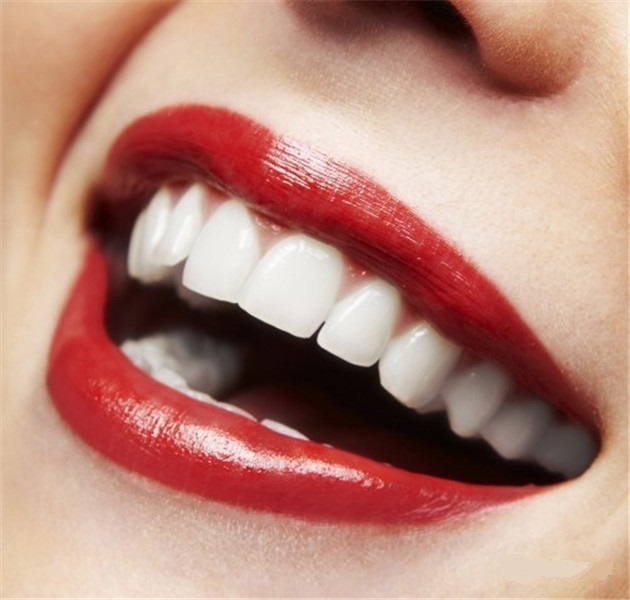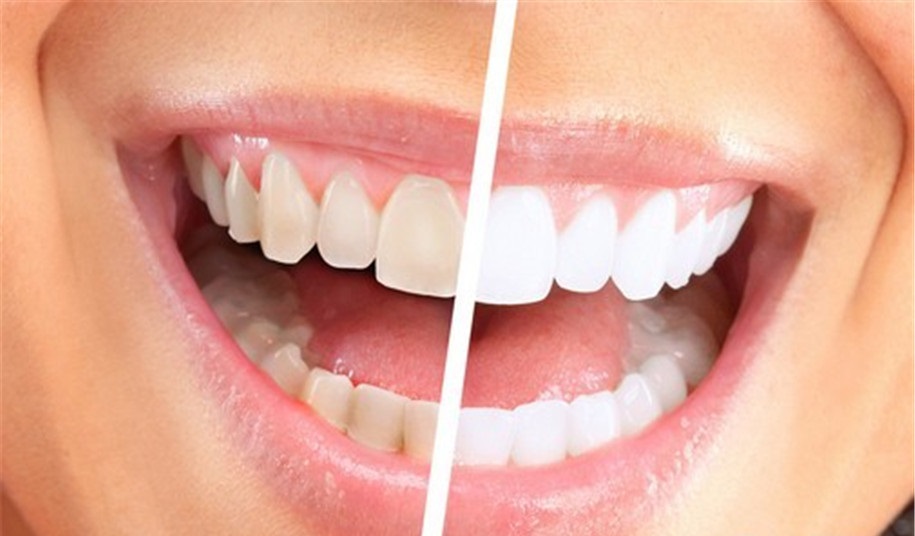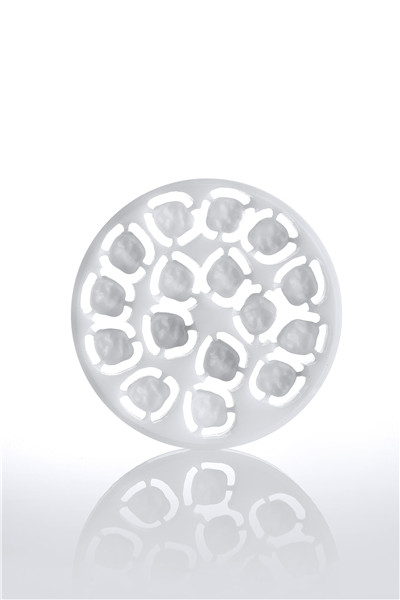 Open wechat
Open wechat
Smile is the most important symbol for people to communicate. Everyone wants to have a bright smile, but some people are often shy to say it because of their teeth.
Porcelain fused to metal (PFM) and all ceramic (all ceramic) teeth are two common restorative methods. The cosmetic effect of all ceramic teeth is closest to that of natural teeth. Porcelain fused to metal (PFM) teeth are made by grinding small teeth, taking impression, pouring plaster model, making a layer of 0.3 mm to 0.5 mm thick metal base on the model, and then baking four layers of porcelain powder on the outside. All ceramic teeth are all crowns made of non-metallic materials. Due to different materials and manufacturing processes, they can be divided into zirconia ceramic teeth and cast ceramic teeth.

All ceramic teeth is a high-tech dental inlay method developed in recent years. The biggest difference between all ceramic teeth and PFM teeth is that the inner crown of the former is made of porcelain. It is to make an inner crown on the treated tooth root. The inner crown is a transparent supporting framework of all ceramic, and then a layer of porcelain powder similar to the color of natural teeth is baked on the outer crown surface, and finally bonded to the teeth. All ceramic teeth have their own unique advantages compared with traditional porcelain teeth: all ceramic teeth are made of porcelain materials, with beautiful appearance, good translucency, and similar refraction with enamel, so the cosmetic effect of teeth is closest to natural teeth.

Porcelain materials have the best biocompatibility with human body, and will not stimulate the gums and cause gingival inflammation and discoloration. The adaptability of all ceramic restorations in oral cavity is higher than that of any other metal ceramic restorations. There is no need to worry about causing gingival swelling, bleeding and other metal allergies. No sensitive cases have been found, and all ceramic can prevent gingival discoloration. Because the metal crown is opaque, opaque porcelain should be used to cover the metal base, which will affect the transparency of the restoration to a certain extent, making the porcelain teeth have obvious chalky color after cosmetology, forming a gap with the gloss of the real teeth. If it is ordinary porcelain fused to metal teeth, it will also cause "black line" in the neck of teeth, affecting the beauty. The metal in the porcelain teeth is easy to oxidize in the oral cavity to form gray oxide, which can cause gingival graying and affect the appearance, but all ceramic teeth will not have this problem.

